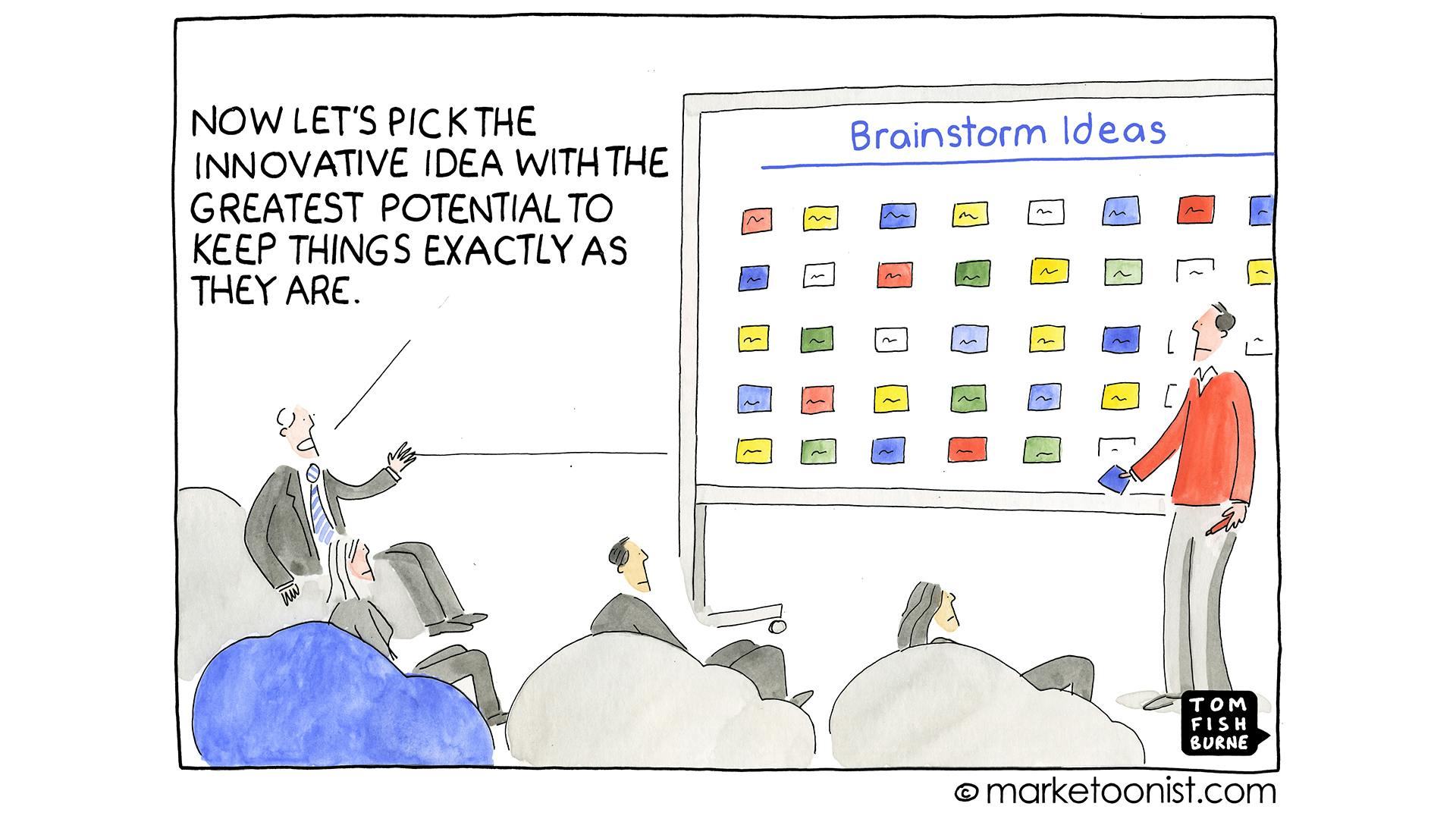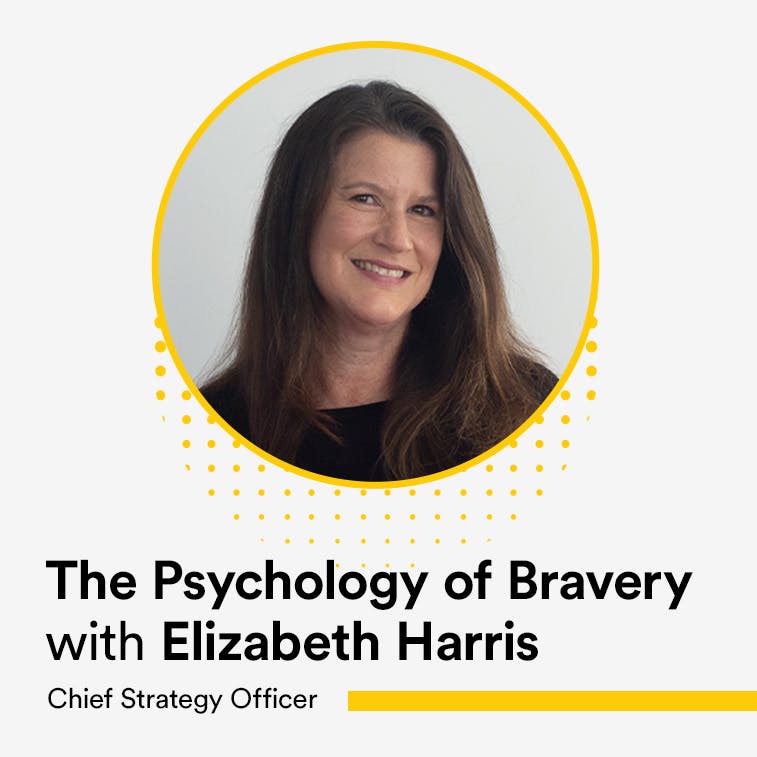This week, our very own Chief Strategy Officer, Elizabeth Harris spoke to the "Psychology of Bravery" at the ANA Brand Activation & Creativity Conference alongside client partner, Jayme Janksy, sharing how the principles of psychology and marketing strategies go hand-in-hand to drive business and help people.
Here you can read Elizabeth's take on the parallels between psychology and bravery that were the foundation for that discussion.
//
Bravery.
The dictionary defines it as “the state of showing mental or moral strength to face danger, difficulty or fear.” This definition highlights that contrary to popular belief, bravery isn’t the absence of fear, it is taking action and proceeding forward in spite of fear.
The advertising and marketing community isn’t always known for its bravery. In an industry focused on delivering ROI, conversion, and customer life-time value it is easy to get swept up in the tried-and-true vs embracing the novel and risky.
It is often said that the opposite of bravery is not cowardice, but conformity. This can be especially true in marketing and advertising where it can be easy to fall into a trap of playing it safe even when you want to innovate.

It is hard for Marketers to put themselves out there, especially today when everything from financial markets to supply chain to the entire geo-political landscape seems incredibly unstable. But what if this is exactly the time where we need to be brave, take risks, try new things, create new solutions and ways of reaching people? If Indira Gandhi was right and “the power to question, is the basis of all human progress,” then there is no better time to bravely question the status quo than now.
As an advertising agency professional I have seen both the brave client run toward the unfamiliar and scary and look it in the eye and act anyway, and I have seen the cautious client turn away and retreat to the familiar. So how does one become a brave marketer?
To answer this, we turned to the field of psychology...
"Psychology Today" lists four tenants of bravery that make people successful in life (and in psychotherapy); curiosity, openness, collaboration, and flexibility. We can apply these same tenants to professional and creative bravery.
James Cameron once said, “Curiosity is the most powerful thing you own.” That is because curiosity is always a pre-cursor to knowledge. Admitting that maybe you don’t have all the answers and you are curious to learn is inherently an expression of vulnerability but also one of strength, because once a mind opens to new ideas it is forever expanded. The ability and inclination to ask “why?” “Why not?” and “what if” are a kind of super-power of the brave marketer.
Openness to face and work through challenging emotions and experiences to achieve growth and positive change is an inherent part of bravery and a critical ingredient in not only personal growth, but also championing brave new ideas. Most of the bravest, most effective ad campaigns challenge some norm or convention be it tone, category convention, stereotypes or taboo subjects. Just look at the Dove "Real Beauty" campaign that was considered brave for challenging beauty norms, or the "Dumb Ways to Die" campaign which bravely used humor to address a serious issue. These marketers were open to challenging the status quo and doing things differently.
Collaboration is key. For one to truly do brave work, it is critical to have a team of like-minded people helping to remove obstacles and barriers to success. At Arc, we have a part of our operating system all about ‘building the crew’ to get a great idea out in the world. Whether that be building support for the idea internally with brand, media, field and sales team stakeholders, or externally with retail partners or in the case of our Alc. Bev clients, Distributors. Getting brave, never-been-done-before ideas to get out into the world, is rarely a solo venture and almost always a team sport.
In any brave endeavor, even the best laid plans can get disrupted by many factors out of one’s control. The challenge then becomes staying committed to your vision, but flexible on the process of how you achieve it. The determination to continue working towards a goal, even in the face of setbacks and obstacles is quite possibly the most important piece of getting brave ideas out into the world.
I would argue that there is one more tenant of bravery that is needed to be truly successful both personally and professionally, and that is feedback. How will you every know if the brave path that you set out on was worth it. Did you see the change that you were hoping for? Did you accomplish the goal you set? Was all this risk worth it? For marketers, this underscores the importance of clear KPIs and effective measurement, particularly for those unconventional programs that you worked so hard to implement.
When it comes down to it, the perfect recipe for client bravery is when bold ideas, fear, action and determination come together to create campaigns that take risks, push boundaries, solve problems and address important issues in new and innovative ways. Leo Burnett famously said, "When you reach for the stars, you might not quite get one, but you won't come up with a handful of mud either."
Here’s to the star-reachers. Those brave clients that link arms with their agencies to create bold new ideas that not only drive business but help people. At Arc we consider ourselves incredibly lucky to work with some of the best.
Let’s keep bravely creating something irresistible.

